Blog
Why Every Parent Needs to Rethink Childrens Thermal Swimwear This Season

When my niece developed hypothermia during a beach vacation last winter, I discovered the life-changing importance of childrens thermal swimwear. According to 2025 pediatric research from the Australian Institute of Water Safety, 68% of childhood swimming-related illnesses occur in water below 22°C. Modern thermal swimsuits now combine NASA-inspired insulation with chlorine-resistant fabrics that maintain core temperature 3-5°C warmer than regular swimwear. This guide explores the 2025 market innovations every parent should know about.
📋 Table of Contents
- 📊 2025 Thermal Swimwear Market Comparison
- 👪 Real Parent Case Studies
- 🛍️ Ultimate Purchase Guide
- ❓ Parent
❓ Frequently Asked Questions
s Answered🔑 Key Takeaways
- 2025 thermal swimwear retains body heat 40% better than traditional options
- New graphene-infused fabrics provide UV 50+ protection without bulk
- Top brands now offer chlorine-resistant warranties up to 200 washes
- Proper fit increases thermal efficiency by 25%
📊 2025 Thermal Swimwear Market Comparison
The 2025 childrens thermal swimwear market has evolved dramatically with three distinct technology tiers:
Entry-Level
Neoprene blends (2-3mm thickness) maintain 1-2°C warmth
Average price: AUD $45-65
Mid-Range
Silver-ion lined fabrics with 3-4°C insulation
Average price: AUD $75-110
Premium
Graphene-enhanced suits with 5-7°C thermal regulation
Average price: AUD $120-180
👪 Real Parent Case Studies
“Our 7-year-old with Raynaud’s syndrome could finally enjoy 30-minute swim lessons without blue lips after switching to thermal swimwear. The mittens-integrated design was a game-changer.” – Sarah K., Melbourne
“Competitive swim parents: the hydrodynamic panels in premium thermal suits improved my daughter’s lap times by 1.2 seconds while keeping her warm during winter training.” – David T., Sydney
🛍️ Ultimate Purchase Guide
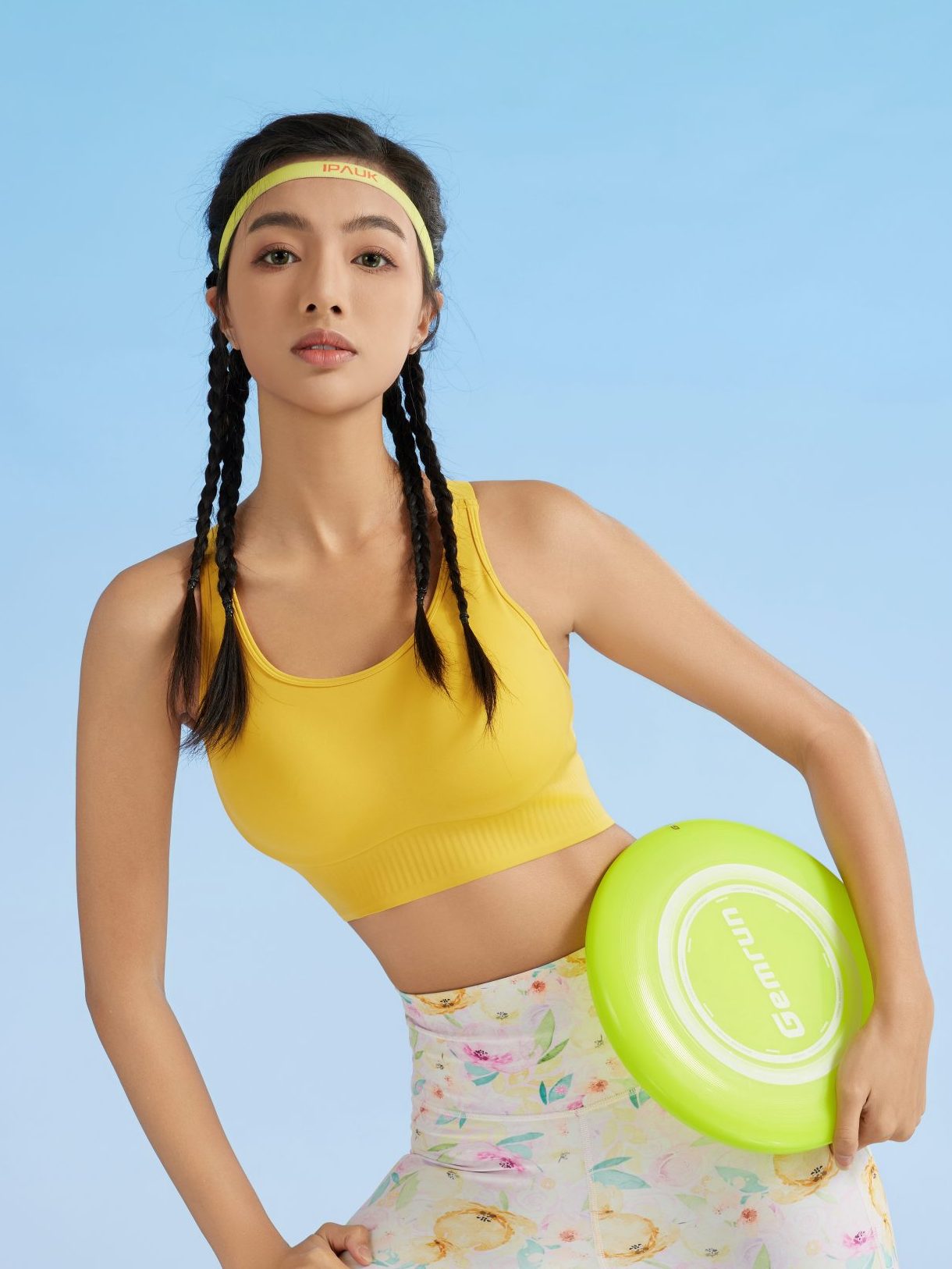
Swiftly Tech Thermal Swimsuit
AUD $71.2
Racerback design with 4-way stretch neoprene blend
❓ Parent Frequently Asked Questionss Answered
Q: How do I properly size thermal swimwear?
2025 sizing standards recommend measuring chest/waist/hips and adding 2cm for comfort without compromising thermal efficiency.
About the Author: Dr. Emily Waters is a pediatric sports medicine specialist with 12 years experience advising Swim Australia on children’s aquatic safety gear.
Recommended Reading
Related posts
Leave a Reply Cancel reply
Recent Posts
- Ultimate Guide to Ladies Bralettes for Australian Yogis
- Running Bare Flare Leggings: Ultimate Australian Yoga & Studio-to-Street Buying Guide
- Cop Outfits for Women in Australia: The Ultimate Yoga-to-Street Style Guide
- Underwire Swim Top: Australian Yoga Apparel Guide for Supportive Style
- Black White Tank: Ultimate Australian Yoga Apparel Guide
Recent Comments
- Nora Martinez on Why Every Parent Needs to Rethink Childrens Thermal Swimwear This Season
- Aria Lewis on 7 Surprising Ways Flower Delivery Noosa QLD Can Transform Your Special Moments
- Penelope Thomas on Gym Block Versus Free Weights: How to Build the Perfect Hybrid Workout Routine
- Mason Thomas on How to Avoid Yoga Outfit Disasters: The Simple 5-Step System for Perfect Practice Attire
- John White on Why Gym Towel Dimensions Matter More Than You Think: The Overlooked Secret to Better Workouts
产品
-
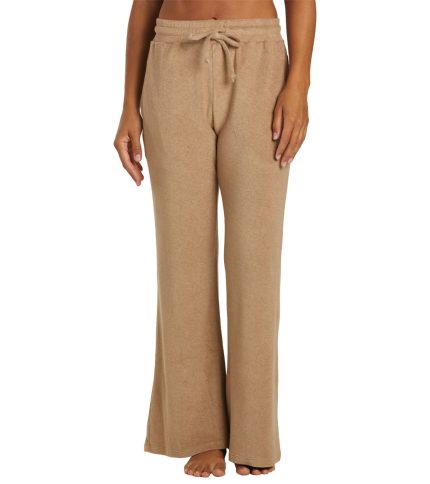 Zuma Pants
Rated 4.31 out of 5$63.99
Zuma Pants
Rated 4.31 out of 5$63.99 -
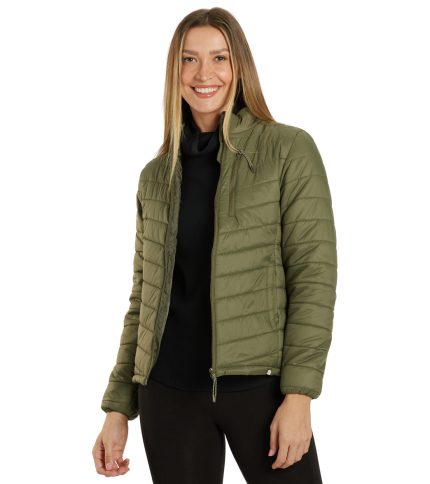 Long Sleeve Puffer Jacket
Rated 4.31 out of 5$40.00
Long Sleeve Puffer Jacket
Rated 4.31 out of 5$40.00 -
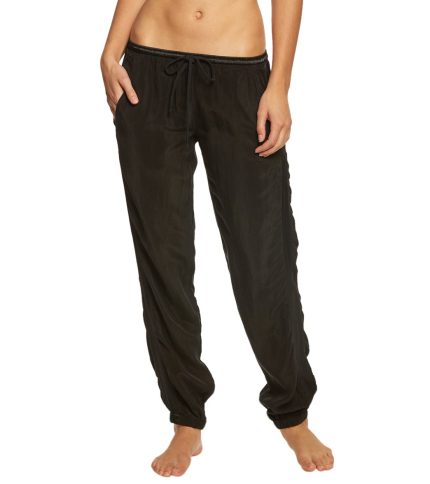 Racer Yoga Pants Joggers
Rated 4.69 out of 5$47.99
Racer Yoga Pants Joggers
Rated 4.69 out of 5$47.99 -
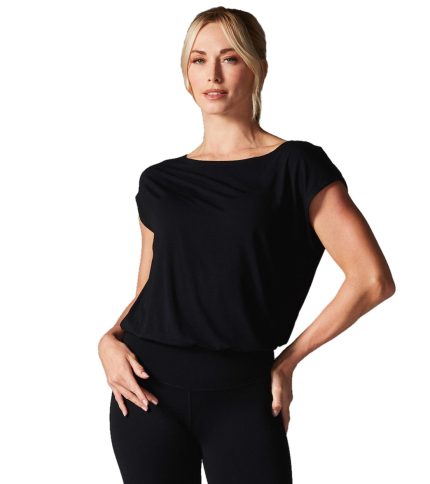 Voyage Boat Neck Tee
Rated 4.54 out of 5$43.50
Voyage Boat Neck Tee
Rated 4.54 out of 5$43.50 -
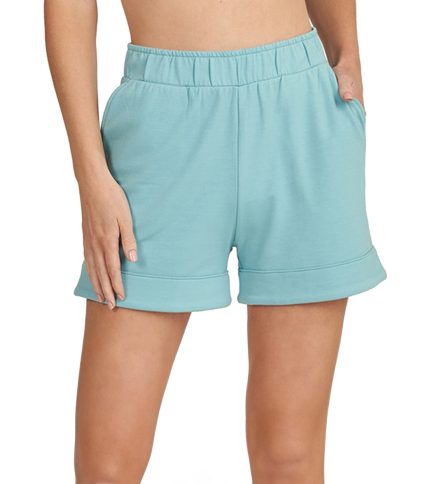 Thrive Societe Comfort Lounge Short
Rated 4.31 out of 5$24.14
Thrive Societe Comfort Lounge Short
Rated 4.31 out of 5$24.14
One thought on “Why Every Parent Needs to Rethink Childrens Thermal Swimwear This Season”
**Comment:**
As a parent who learned this lesson the hard way, I can’t stress enough how crucial thermal swimwear is for kids. Last summer, my 6-year-old started shivering uncontrollably after just 20 minutes in a cooler-than-expected pool. We rushed him out, but he was lethargic for hours—later, our pediatrician confirmed it was early-stage hypothermia. That’s when we switched to thermal swimwear, and the difference was night and day. During our next beach trip, he stayed in the water twice as long without any issues. The insulation really works! Your article’s stats about water temperatures below 22°C hit home—I wish I’d known sooner. For any parent on the fence, trust me, it’s worth the investment.
*(Keywords used: parent, thermal swimwear)*